Regulatory Compliance
Regulatory frameworks governing the use of synthetic pigments are becoming increasingly stringent, which may drive the Classic Organic Pigment Market towards organic alternatives. Governments are implementing policies that restrict harmful chemicals, thereby creating a favorable environment for organic pigments. For instance, the European Union's REACH regulation has prompted manufacturers to seek safer, non-toxic options, leading to a projected increase in the market share of organic pigments. This regulatory compliance not only ensures consumer safety but also encourages innovation within the Classic Organic Pigment Market, as companies invest in research and development to create compliant products. The potential for organic pigments to meet these regulatory standards positions them as a viable solution for manufacturers aiming to avoid penalties and enhance their market competitiveness.
Diverse Application Areas
The versatility of classic organic pigments across various industries serves as a significant driver for the Classic Organic Pigment Market. These pigments are utilized in a multitude of applications, including paints, inks, plastics, and cosmetics, which collectively represent a substantial market segment. The demand for high-quality, vibrant colors in these sectors is expected to propel the growth of organic pigments, with the market projected to reach USD 1.5 billion by 2026. This broad applicability not only enhances the market's resilience but also encourages innovation in product formulations. As industries increasingly seek to differentiate their offerings, the Classic Organic Pigment Market is likely to benefit from the growing trend of customization and specialty products, further solidifying its position in the global marketplace.
Technological Innovations
Technological advancements in pigment production and application techniques are emerging as a crucial driver for the Classic Organic Pigment Market. Innovations such as improved extraction methods and enhanced formulation technologies are enabling manufacturers to produce organic pigments that are more vibrant and durable. These advancements are likely to reduce production costs and improve the overall quality of organic pigments, making them more competitive against synthetic alternatives. Furthermore, the integration of digital technologies in the production process is expected to streamline operations and enhance product consistency. As a result, the Classic Organic Pigment Market may experience accelerated growth, driven by the ability to meet evolving consumer demands for high-performance, eco-friendly products. The potential for ongoing technological improvements suggests a dynamic future for organic pigments in various applications.
Sustainability Initiatives
The increasing emphasis on sustainability appears to be a pivotal driver for the Classic Organic Pigment Market. As consumers and manufacturers alike prioritize eco-friendly products, the demand for organic pigments, which are derived from natural sources, is likely to rise. This shift is evidenced by a reported growth rate of approximately 5% in the organic pigment sector, as companies seek to align with environmental regulations and consumer preferences. Furthermore, the Classic Organic Pigment Market is witnessing a surge in investments aimed at developing sustainable production methods, which could enhance the appeal of these pigments in various applications, including textiles, coatings, and plastics. The integration of sustainability into product offerings not only meets regulatory requirements but also fosters brand loyalty among environmentally conscious consumers.
Consumer Awareness and Preferences
The rising consumer awareness regarding health and environmental impacts of synthetic pigments is likely to influence the Classic Organic Pigment Market positively. As consumers become more informed about the potential hazards associated with synthetic dyes, there is a discernible shift towards organic alternatives. This trend is reflected in market surveys indicating that over 60% of consumers prefer products containing natural pigments. Consequently, manufacturers are responding by reformulating their products to incorporate organic pigments, thereby enhancing their market appeal. The Classic Organic Pigment Market stands to gain from this shift, as brands that prioritize transparency and sustainability are likely to attract a more discerning customer base. This evolving consumer preference not only drives demand but also encourages companies to innovate and expand their organic product lines.


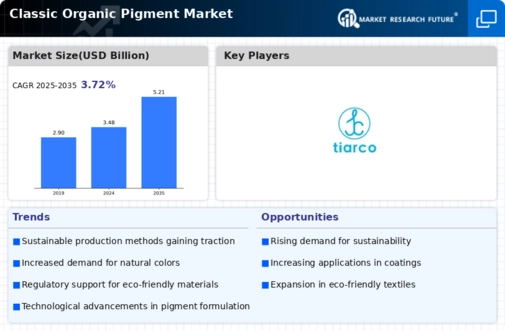
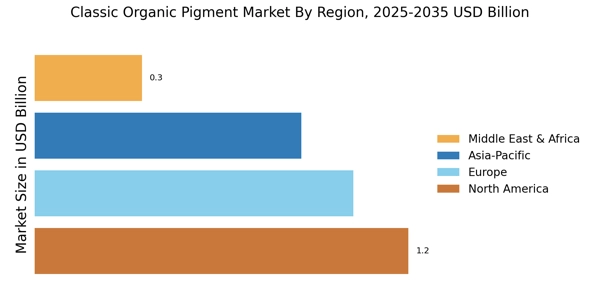

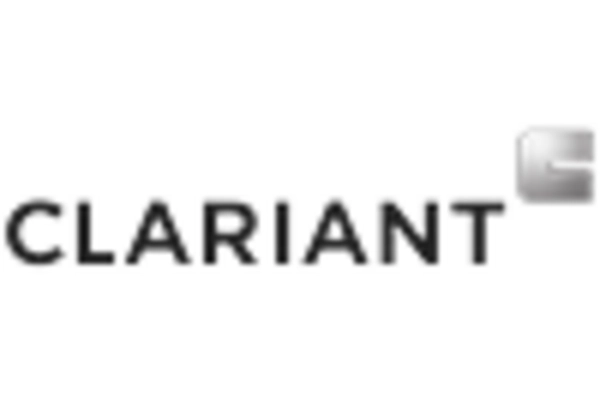
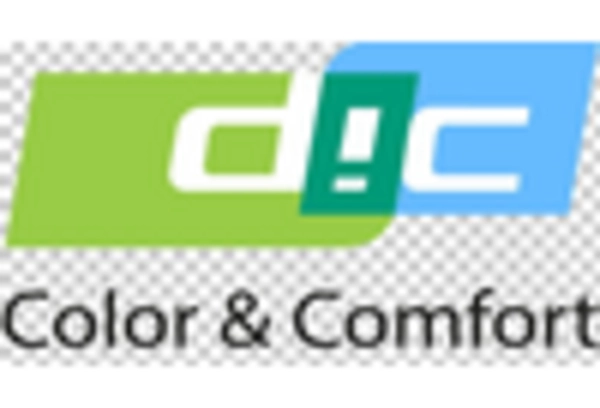

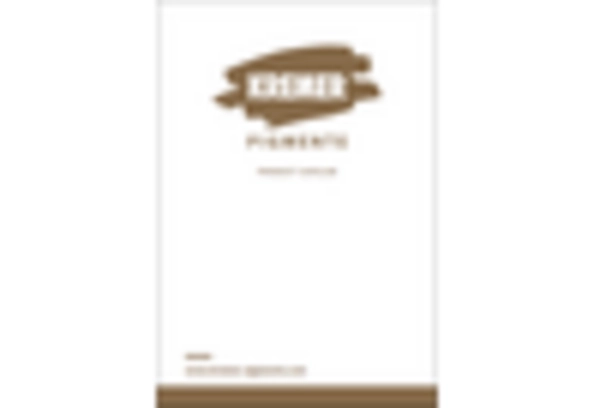









Leave a Comment